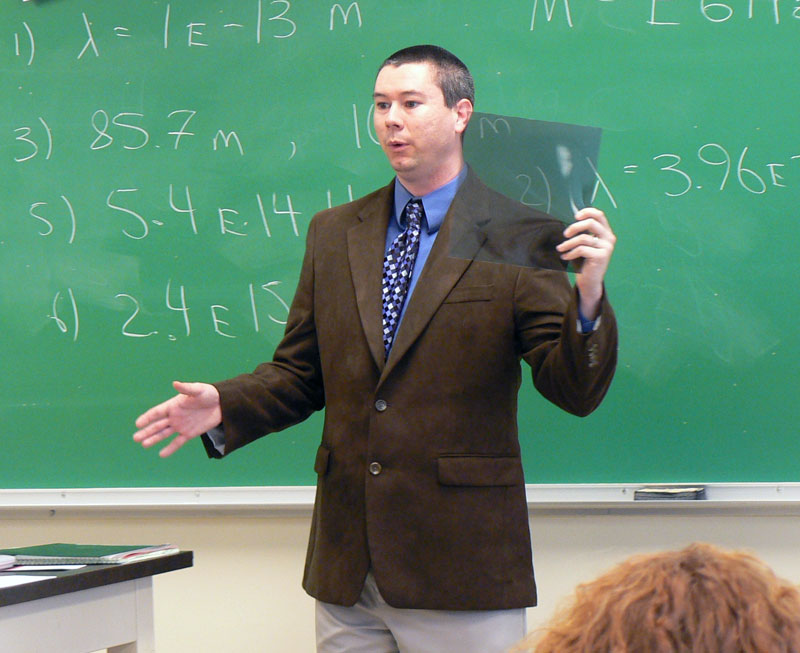Frankenstein by
Mary Shelley
Victor’s Trial
After disposing of the female creature’s body parts, Victor
falls asleep in a boat that drifts to Ireland. Upon his arrival, he is treated
poorly and is not welcome by the inhabitants of the area in which he arrived.
Victor has no idea why he is being treated like this. Everyone in the area
believes that Victor is a murderer, and Victor is imprisoned and a trial is
planned for him. Victor’s only advocate, Mr. Kirwin is going to help him with
his case based on Victor’s reaction to the murder victim, his dearest friend
Henry Clerval. “I gasped for breath’ and, throwing myself on the body, I
exclaimed, ‘Have my murderous machinations deprived you also, my dearest Henry,
of life?’ ”(Shelley, 129). Mr. Kirwin plays a vital role at this point in the
novel because he was the only one to show Victor kindness. Without, Mr. Kirwin,
Victor would have no chance of winning his trial. Victor was emotionally
unstable and mentally unstable from the creature’s threat and the murder of his
best friend. Moreover, Victor had been truly considering committing suicide to
end his suffering. Victor was done with life and would not have the strength to
make a case for himself in his trial without Mr. Kirwin.




